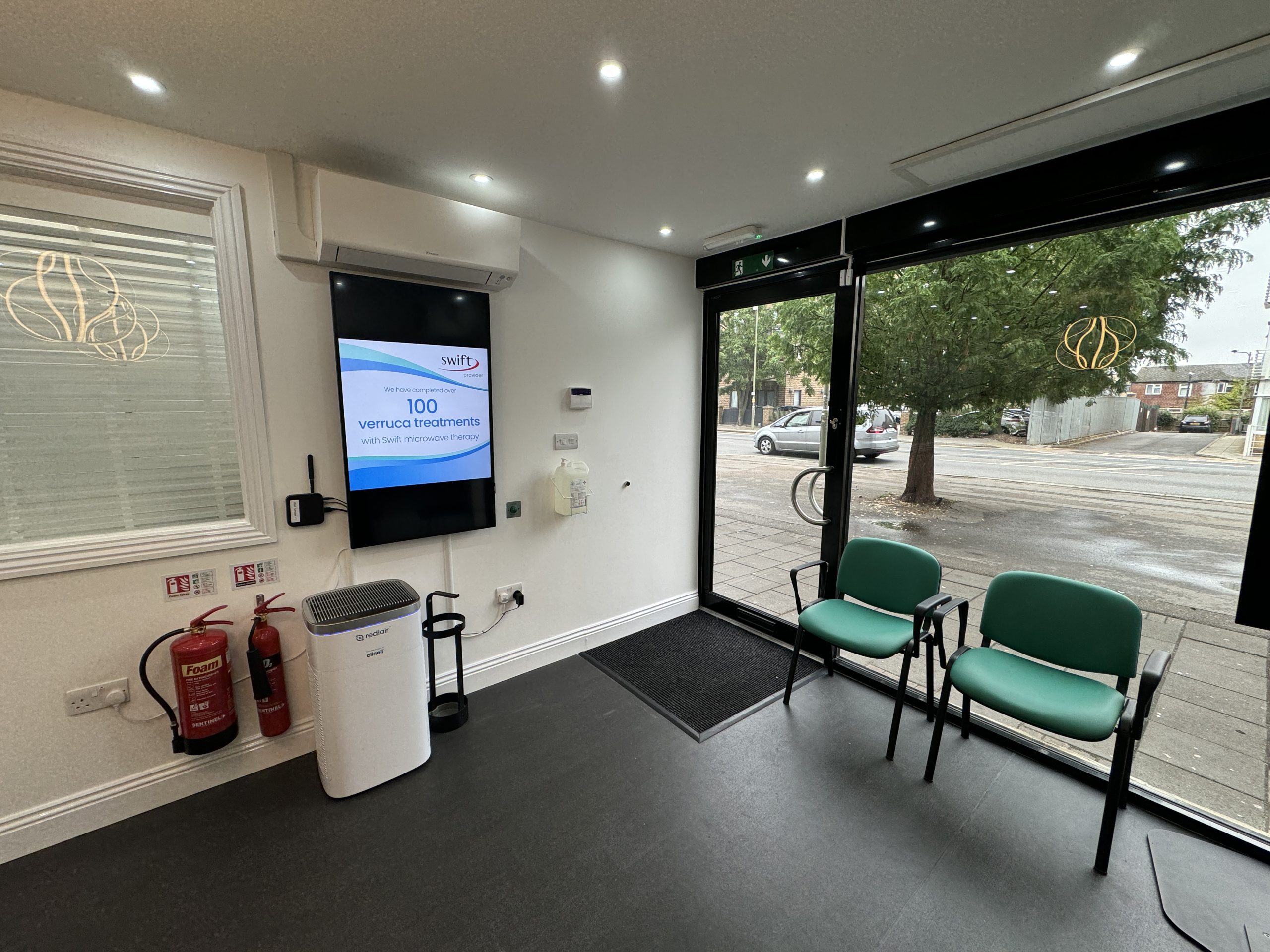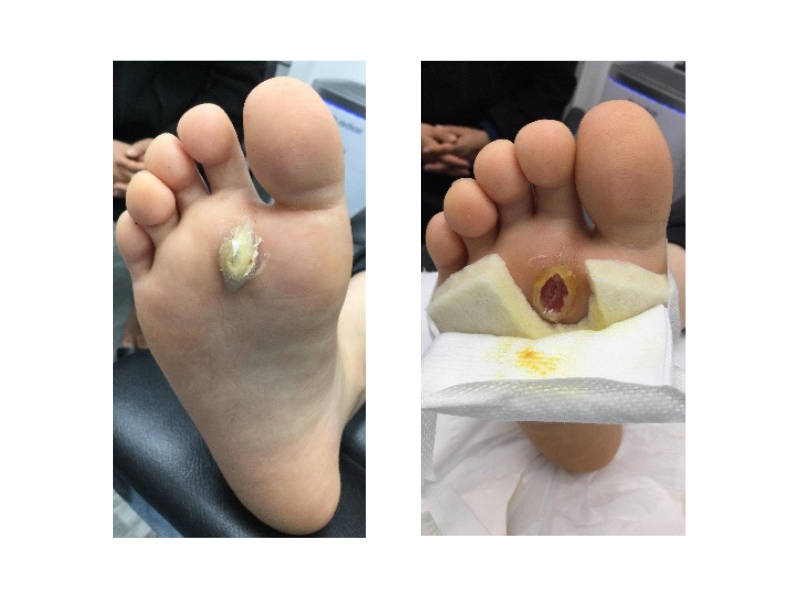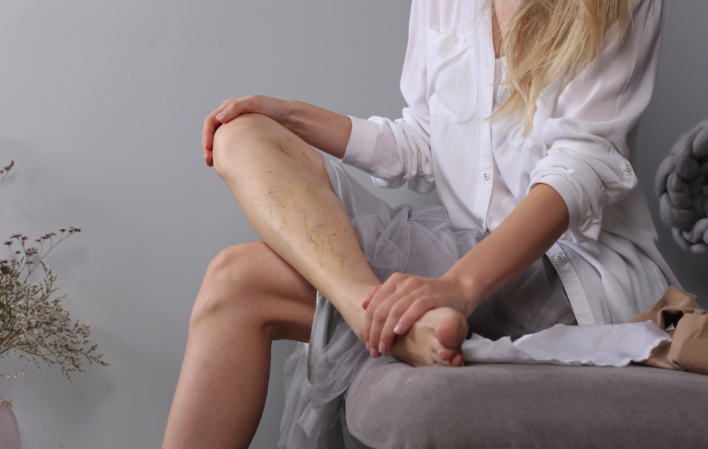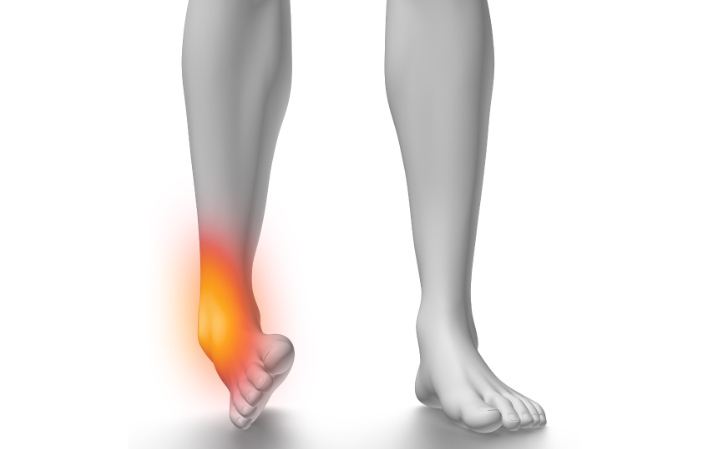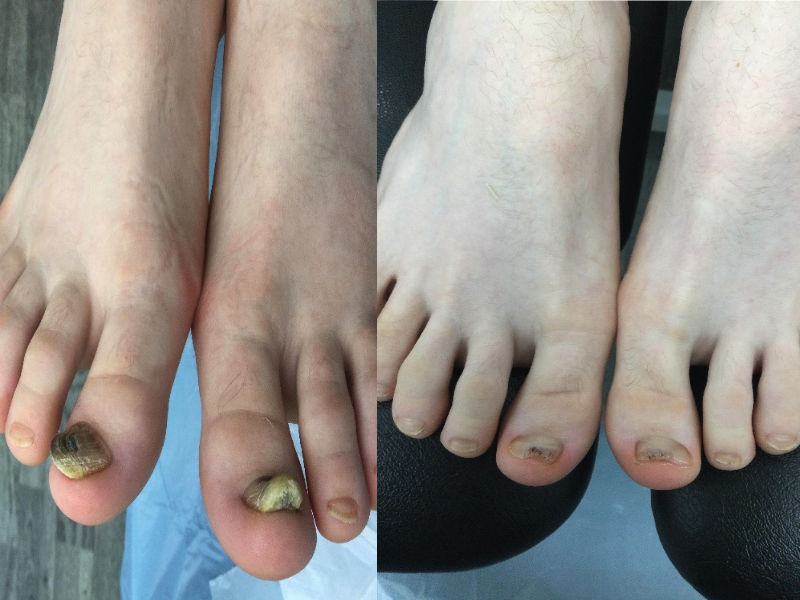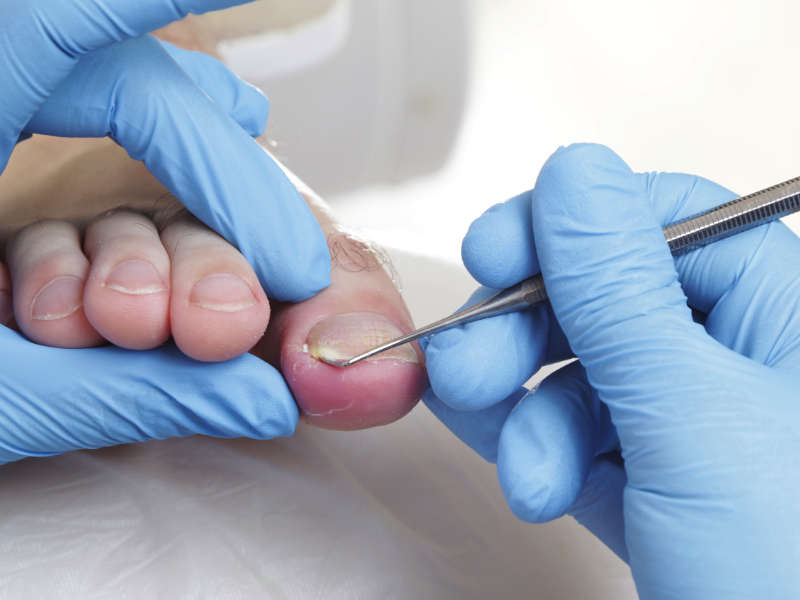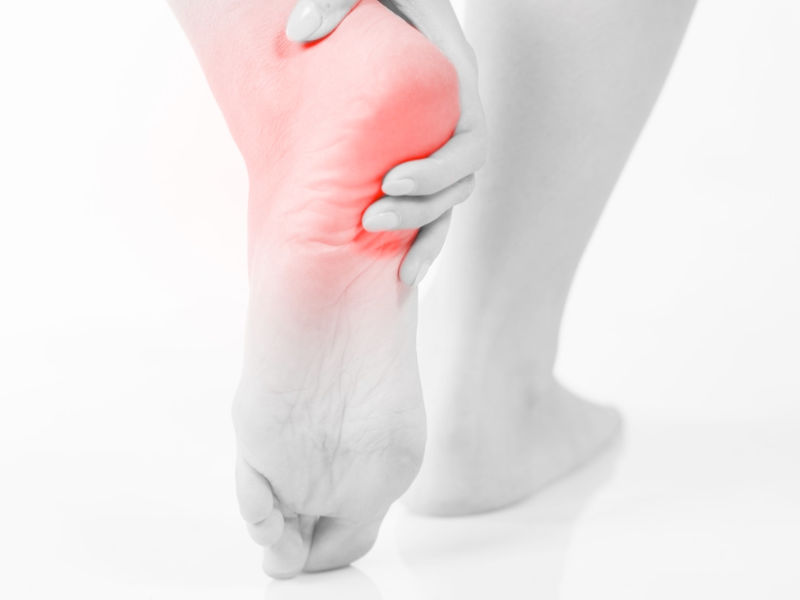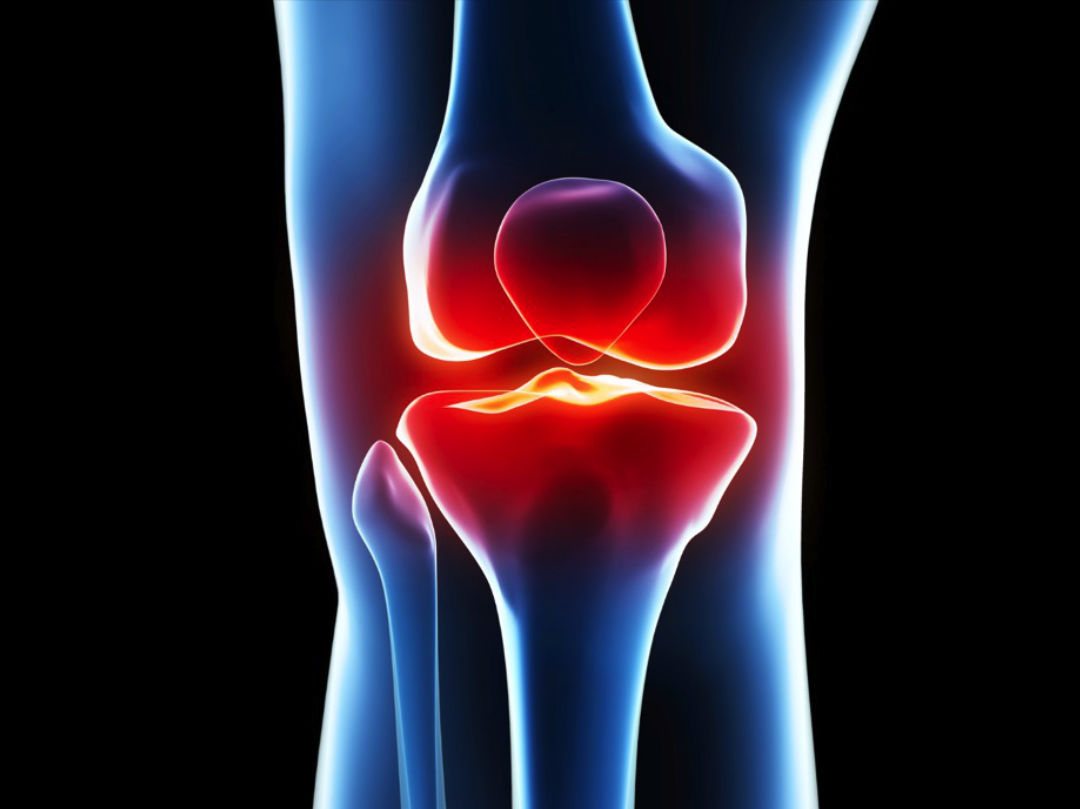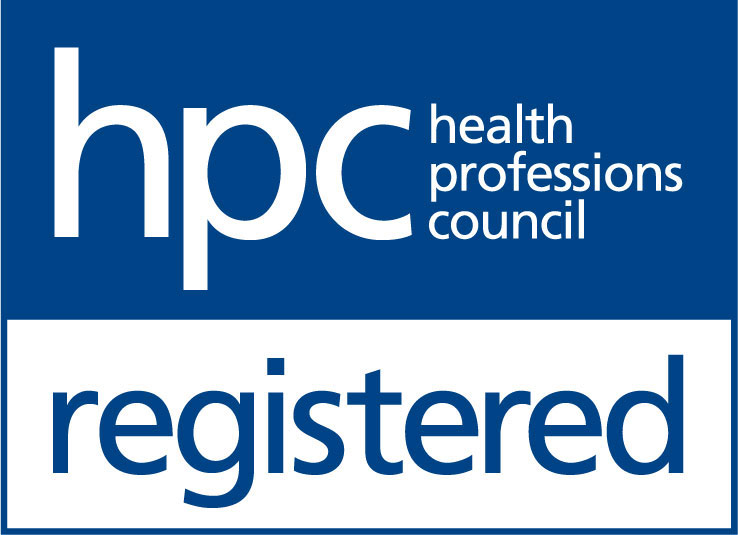![Are your feet ready for summer?]() Learn more
Learn moreAre your feet ready for summer?
At long last the summer months are nearly upon us, and I think we speak for everybody when we say,…
![Dangers of Using Over the Counter Products]() Learn more
Learn moreDangers of Using Over the Counter Products
This month we bring you the case of a 10-year-old boy whose parents were worried about a skin lesion on…
![Circulation Testing]() Learn more
Learn moreCirculation Testing
Your circulation refers to how the blood vessels and veins transport blood around your body. The arteries are responsible for…
![I’ve Sprained My Ankle – What Should I do?]() Learn more
Learn moreI’ve Sprained My Ankle – What Should I do?
It’s so easy to sprain an ankle – kerbs, uneven surfaces, high heels, sports and sometimes your foot type (high…
![Case Study: Resolution of Fungal Nail Infections in Children]() Learn more
Learn moreCase Study: Resolution of Fungal Nail Infections in Children
Podiatry Station are delighted to share this case study of a 13-year-old boy who presented with discoloured toenails, and after…
![Quick and Easy Solution for Ingrowing Toenails]() Learn more
Learn moreQuick and Easy Solution for Ingrowing Toenails
Ingrowing toenails are a very common occurrence within the general population. Many people believe that only women suffer from them…
![Fungal Nail Test]() Learn more
Learn moreFungal Nail Test
What is the first step in treating a Fungal Nail? The most important stage is to correctly diagnose a fungal…
![What Is Plantar Fasciitis and How to Treat It]() Learn more
Learn moreWhat Is Plantar Fasciitis and How to Treat It
My heel hurts! What should I do? Heel pain can be a right pain in the… heel. Plantar fasciitis is…
![Knee Osteoarthiritis]() Learn more
Learn moreKnee Osteoarthiritis
Osteoarthritis (OA) is a chronic condition which can affect most of the joints in the body. With activity and age,…
![Verrutop Available at Podiatry Station]() Learn more
Learn moreVerrutop Available at Podiatry Station
At Podiatry Station we have recently introduced Verrutop for treatment of Verrucas and Warts. What is Verrutop? Verrutop is a…

Want to talk to us?
Whether you’re a new or existing patient, our warm and friendly team would love to hear from you, answer your questions and give advice.
Opening Times
- Monday to Friday: 9am - 6pm
- Saturday: 10am - 6pm
- Sunday: Closed




